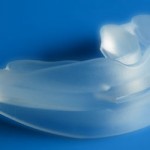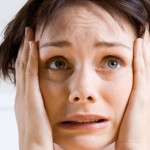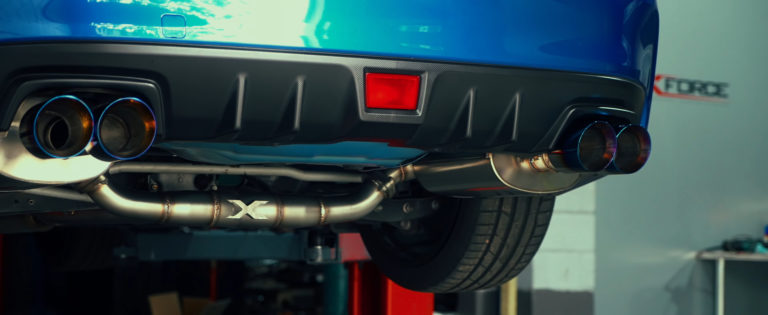If you own a vehicle, you know there are many maintenance chores. And they depend on the exact make and model that you have. Some don’t mind sticking their heads under the hood, while others go to a mechanic even for minor repairs or regular replacement of parts. While chores can vary, the care you put into your wheels is almost universal across the board.
There are many diagnostic tools which allow you to track the state of your vehicle’s most important parts. For example, you have tire pressure monitoring systems that can give you peace of mind before heading out on the road, as well as prolong the lifespan of your wheels. These and similar modern contraptions by no means eliminate the need to do a thorough inspection to assess the way your machine works.
This is particularly true with the wheels. If something is not ok down there you have a major safety issue on your hands. Investing some time to study the optimal functioning of your wheels will help you decide unscheduled visits to the mechanic.
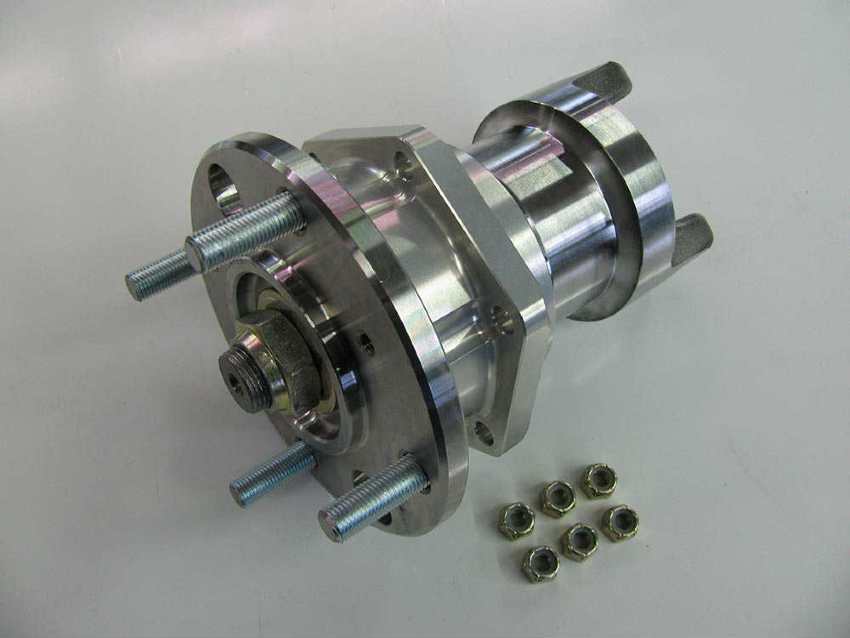
What Is a Wheel Hub Assembly?
In essence, this is the part which forms a link between the wheel and the car. The hub assembly connects the brake drums with the drive axle. Therefore the bearing assembly is responsible for steering and braking. Every time you use the steering wheel to change a lane, to do a U-turn and just about any change in direction you can think of – this relatively small car part is put to work. It’s not just an important component for steering, it also critical to braking systems in almost all cars.
The Wheels as Part of the Braking System
If your car has an anti-lock braking system (or ABS), the wheel hub houses a sensor which is connected to the controls. Investing in a high-quality front or rear hub and bearing assembly is going to ensure smooth operation of your ABS brakes. The system uses input from the sensors to measure speed and control which of the wheels should engage in anti-locking.
This is not the only braking system in vehicles that depends on the integrity of your bearing hub. The traction control system (TCS) utilizes the same sensor to extend control over the car. Issues with the wheel hub will result in impaired function of the brakes.
And this is true even if your car has none of these two braking systems. When your wheel bearing is not fitted properly your brake pads and rotor will wear out unevenly. If the issue is not corrected your vehicle may suffer some damage because at one point you will have metal interacting directly on metal. Don’t wait until you hear the sound of it mid-drive. Pay attention to the wheels before this becomes a problem.
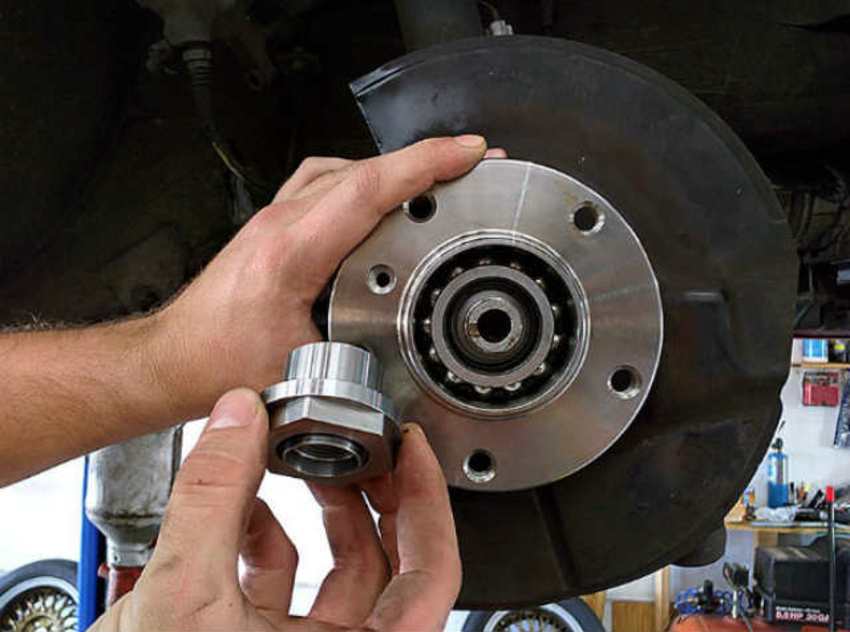
Symptoms of Faulty Wheel Bearings
We won’t let you off without sharing some common signs the front or rear hub and bearing assembly on your car is not working properly. Always check your owners manual though, as this is just a general overview.
Increased or Uneven Tire Wear
When everything is ok, all tires wear out at the same rate. You can check this by simply looking at them. If the wheel bearings are worn out, the tire on that wheel will suffer more wear. You will need to compare all of your tires to establish this.
Keep in mind though, that tires can sustain uneven wear due to a whole host of reasons: incorrectly inflated tires, issues with wheel alignment, blown struts etc. The busted rear wheel bearing assembly is only one of them.
Excessive Vibration of the Steering Wheel
It can happen. The main thing you need to look out for is when. If your steering wheel starts to wobble once you depress the pedal your car has an issue with unbalanced tire. Because of this, the symptom is often ignored and drivers go on with their day. If you experience the wobble in your hands at low speed, then most likely your wheel bearings are responsible for it. To avoid more substantial damage, visit a mechanic.
Loud Grinding Noise
You can’t miss this one. It’s like you are on a train and not in your car. There is no need to panic. Sometimes the wheel hub assembly can lose the lubrication and this results in excessive heat buildup. Usually comes from one of the wheels and it happens when you turn. Head straight to the closest mechanic.
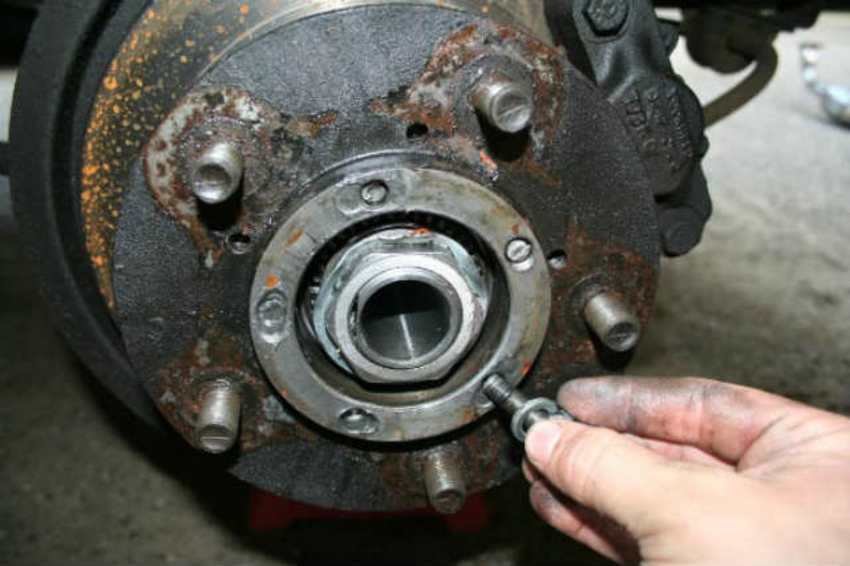
Vehicle Pulls to the Side
Another clear sing of malfunctioning is if the car goes to one side of the road when you press the brake pedal. The usual suspect, in this case, are the brake callipers or the rotors. It calls for check of your braking system. While it can be rare, the hub assembly can be responsible for the issue. If the lining is corroded the bearings will cause the pull towards the faulty hub.
Important Maintenance Tips
Those that revel in tweaking their car look for every opportunity to come to a solution by themselves. It might work for some issues, and for others, it can be a mistake that costs you a fortune. So be aware of the limitations in your knowledge of the car. Causing a problem with your steering, braking or the wheels, in general, is not worth it. If done improperly you can create a mess in traffic. Choose an experienced car mechanic and let him recommend a schedule for regular maintenance. You can also ask for signs and symptoms which are specific to your vehicle and all it has been through.

